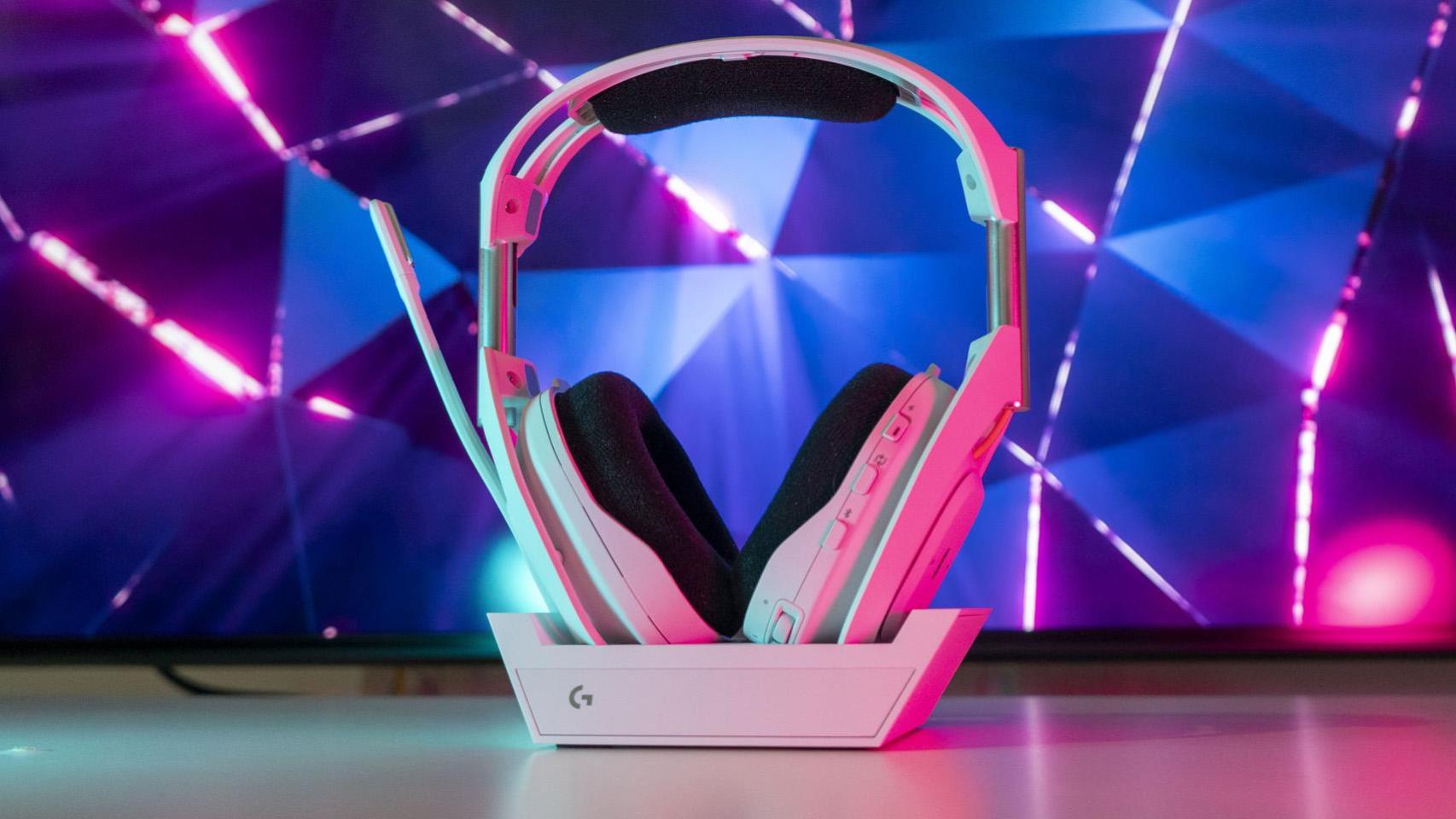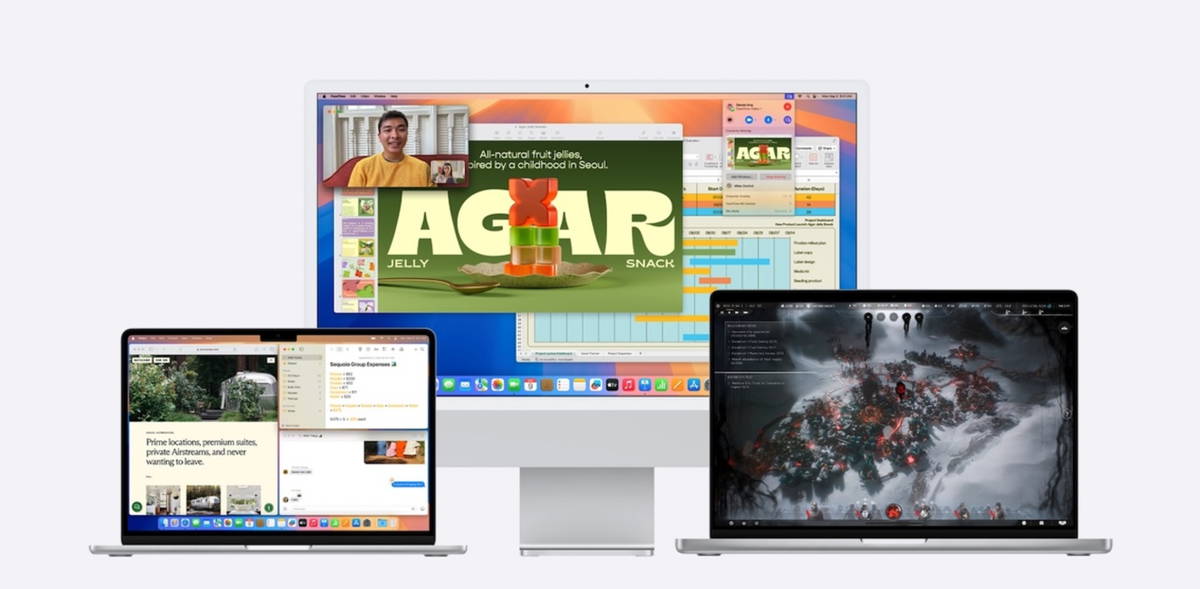Apple fans have the chance to experience the most significant transition in Apple history. The switch to Apple Silicon processors, developed internallyIt is a giant and a milestone for the silicon sector. The new iMac 2021 is proof of this, the culmination of years of work that allows us to conceive a design unattainable in the past.
Apple Silicon: breaking the Intel corset
For those of us who follow technology closely, we’ve known for a long time that Intel had its days numbered for Apple. The road may have started after the launch of the original iPad, which debuted the first chip designed by Apple, the A4,

The ongoing delays and setbacks in downsizing the manufacturing process for Intel chips was nothing more than anecdotal evidence that Apple couldn’t trust a third party. One of its most valuable product lines, not because of the income but because of the creative work that goes into it, he could not be at the mercy of his stumbling blocks. Intel has become a straitjacket for Mac aspirations.
Until the arrival of the MacBook Air, MacBook Pro, and Mac mini with the M1 last year, computer chips were limited by three variables: consumption, power and heat generated
With Apple’s M1 processor, these limitations have been increased. The company was able create equipment with lower consumption, more power and less heat generated. More autonomy, more performance and, in some cases, fanless. Something we thought was impossible.
The new iMac 2021 is a new era for the Mac

If you haven’t read the review of the new iMac 2021 yet, now is the time to take a look. Because it’s the team that ushers in a new era for the Mac
Just a few minutes ago, Mark Gurman announced Apple’s plans for its next Macs. And what awaits us is a complete overhaul of the entire range:
- Redesigned MacBook Air with M2 processor (or M1X, unclear).
- Redesigned 13, 14, and 16-inch MacBook Pro.
- Large iMac, whose design was discontinued to exceed 24 inches.
- Mac Pro which will be similar to the current one but smaller, with two CPU configurations of 20 or 40 cores and two of GPUs with 64 or 128 cores.
- High-end Mac mini, with the same processor as the upcoming MacBook Pro.
It will soon be a year since the announcement of the most ambitious chip transition in history. And we’ll be halfway there. Of course with this we will leave far behind the mac rebellion that happened not so long ago.










